Report this entry
More from the same community-collection
Groundbreaking for Highland Presbyterian Church new sanctuary
Grace Melver joins in the celebration of the groundbreaking ...
High Presbyterian completed new sanctuary building 1979
Highland Presbyterian Church new sanctuary completed 1979
Steeple Highland Presbyterian Church
Placement of Steeple HIghland Presbyterian Church 9201 Diana ...
Original Highland Presbyterian Church Building
Highland Presbyterian Church Original Building 9201 Diana ...
Nate Archibald playing for UTEP in the late 1960s
This is a photo of Nate Archibald playing for UTEP in the late ...
Freshman Beauty - Bowie High School - El Paso, Texas
In this photograph is the Freshman beauty, Lupe Gonzalez.
Sophmore Beauty - Bowie High School - El Paso, Texas
In this photograph is the Sophomore Beauty, Alice Garcia.
Junior Beauty - Bowie High School - El Paso, Texas
In this photograph is the Junior Beauty, Teresa Gonzalez.
Senior Beauty - Bowie High School - El Paso, Texas
In this photograph is the senior beauty, Raquel Corral from ...
Nolan Richardson at the Sun Bowl Stadium
El Paso icon at a UTEP football game November 2014. Basketball ...

















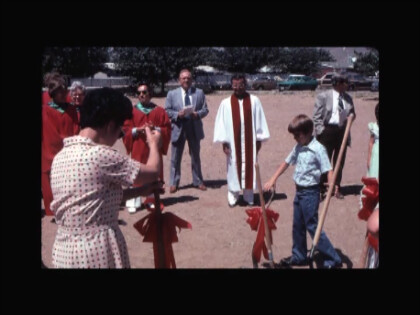
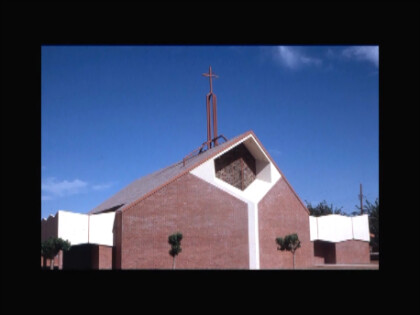
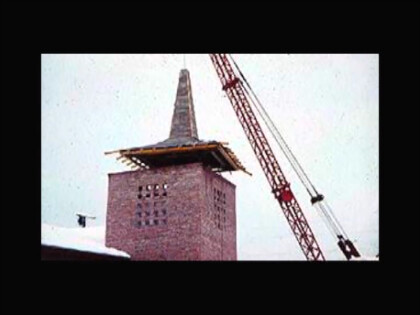
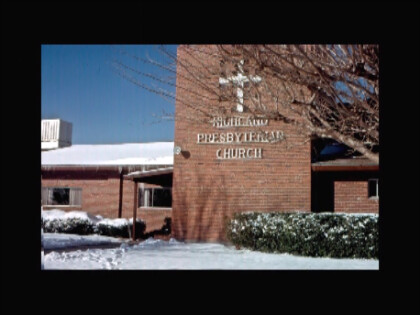
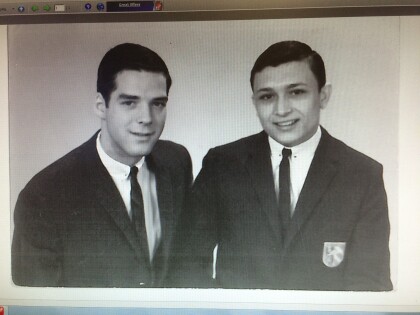

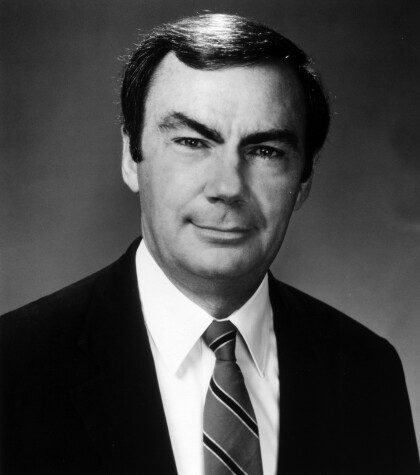

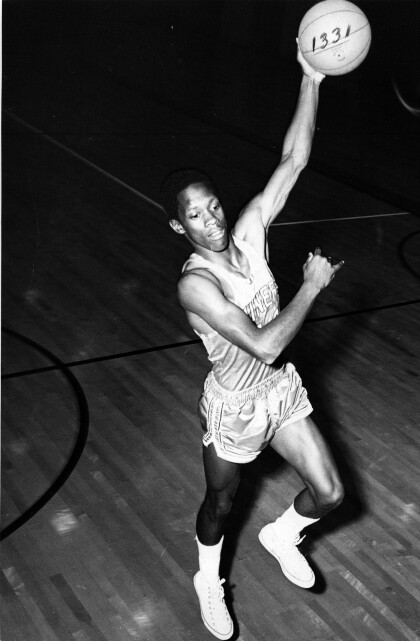

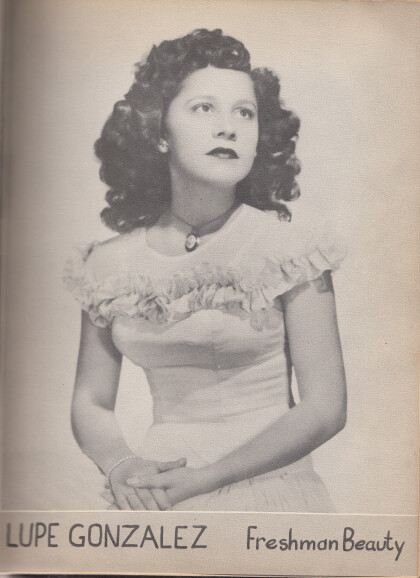
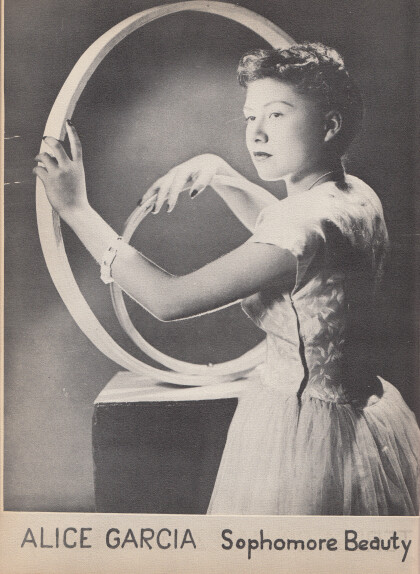
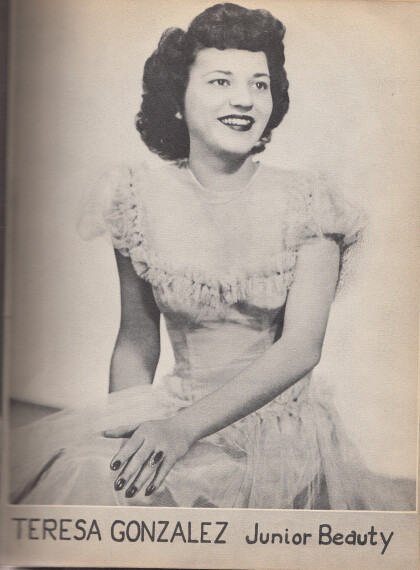
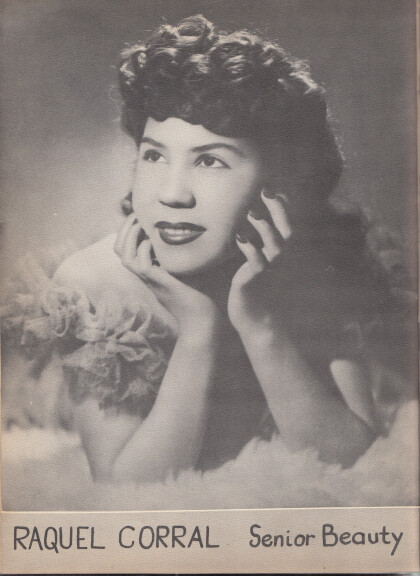
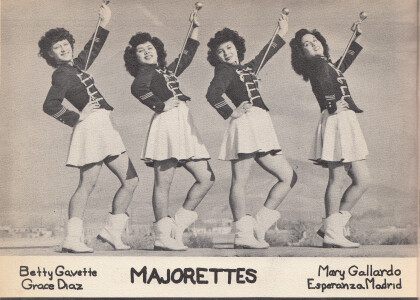

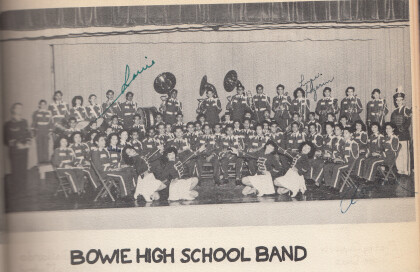
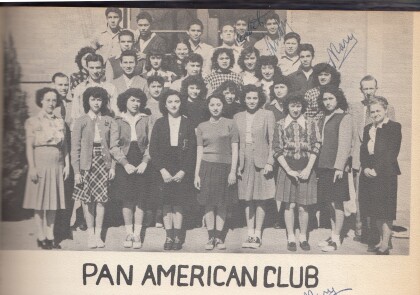
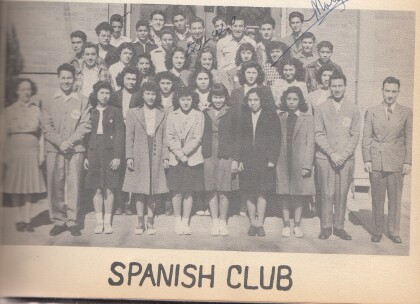
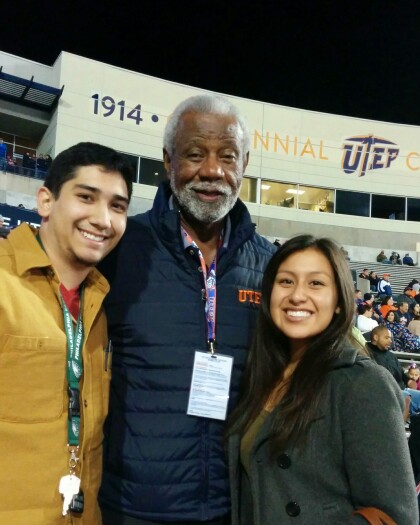
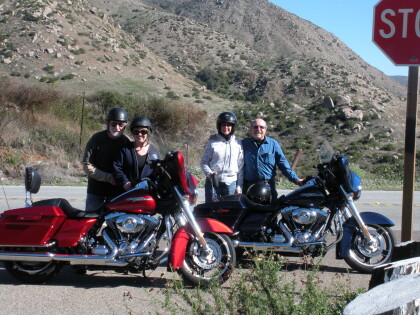
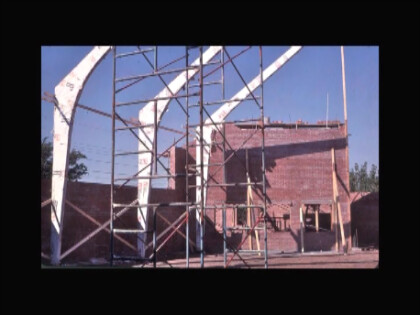
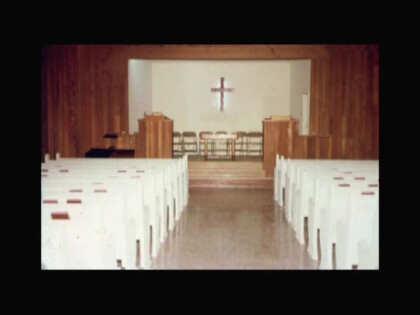
Comments
Add a comment